Here are a few more butterflies seen in the month of July 2022.
Brown-banded Ringlet / Striped Ringlet
(Ragadia makuta siponta)
Darkie Plushblue - Flos anniella anniella
Shinning Plushblue (Flos fulgida singhapura)
Common Disc Oakblue (Arhopala epimuta epiala)
Quaker (Neopithecops zalmora)
Common Line Blue (Prosotas nora superdates)
Whitespot Palmer (Eetion elia)
Harlequin
This one looks like a female.
Looks like their uppersides have no colors at all.
Common Three Ring (Ypthima pandocus corticaria) - underside view
Common Three Ring (Ypthima pandocus corticaria) - upperside view
Branded Imperial - Eooxylides tharis
Dark Blue Tiger (Tirumala septentrionis septentrionis)
Chocolate Royal - Remelena jangala
Here are a few butterflies for comparison and knowledge 
(Koruthaialos sindu sindu) (Koruthaialos rubecula)
It flew gently around like the above Tirumala. I saw it around 8.30am and by 9.00am when the sun is up, it is already gone into the deeper jungle.
After a couple of flights it decided to land for a sip of rain water.
When I look closely at its antenna, it dawn to me that it was a moth instead.
Later I found out (from some moth experts) that was a day-flying Pompelon Marginata Moth
WHAT A MOTH TO END THE JULY BUTTERFLIES SEGMENT!


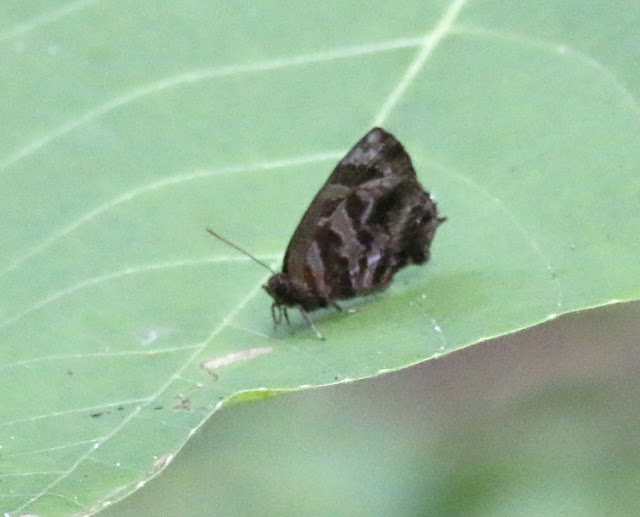












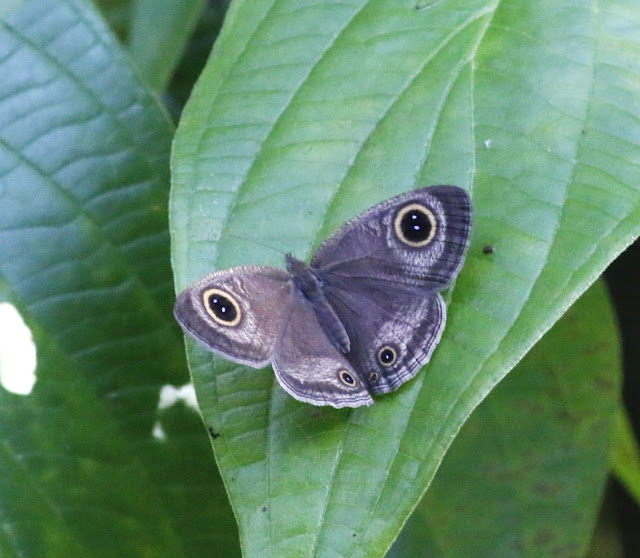











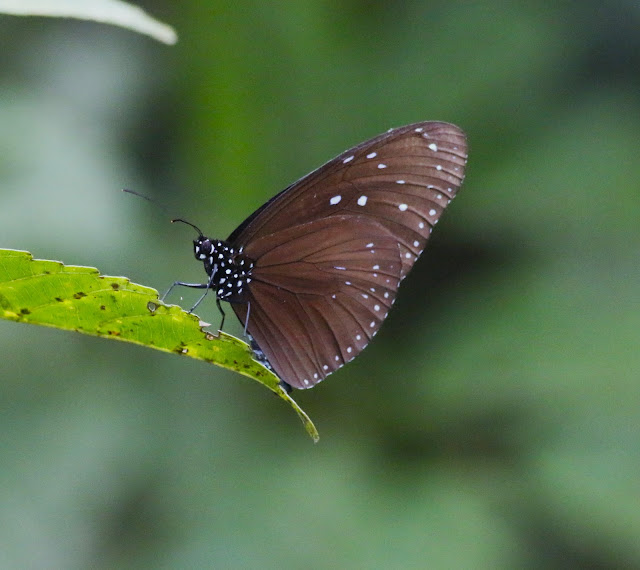






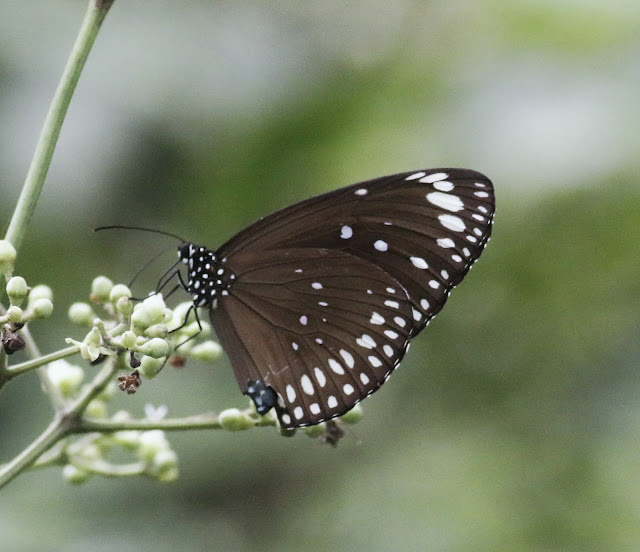




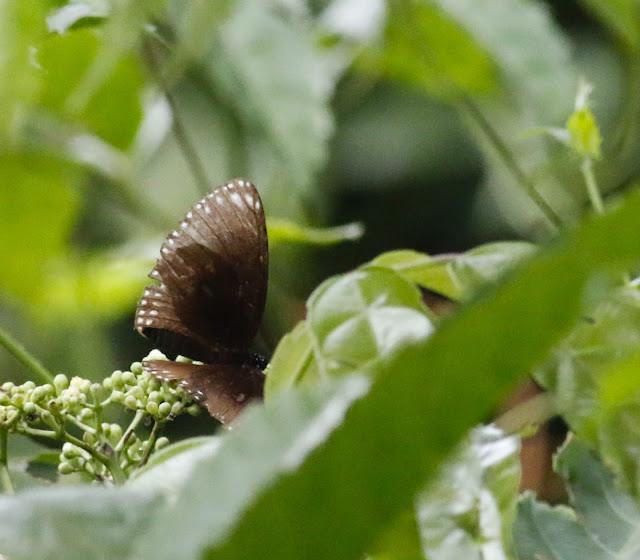








.JPG)
.JPG)

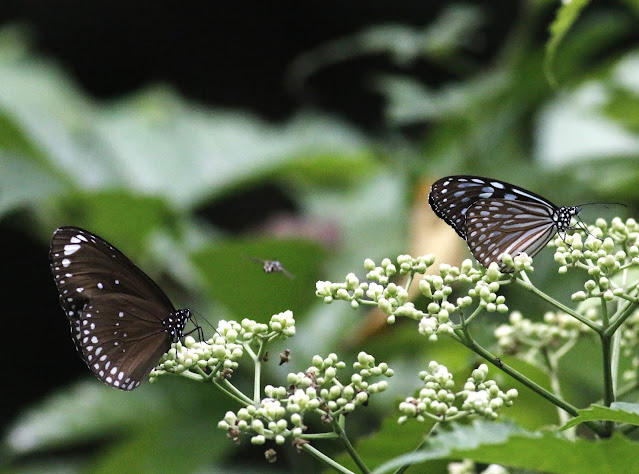





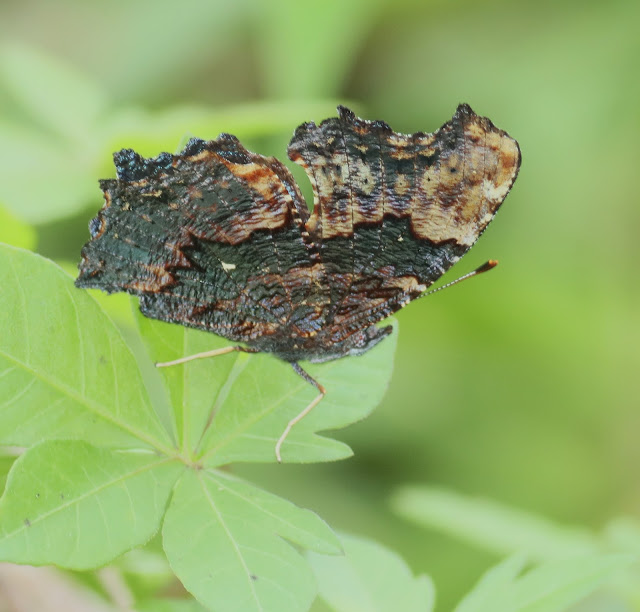

.JPG)